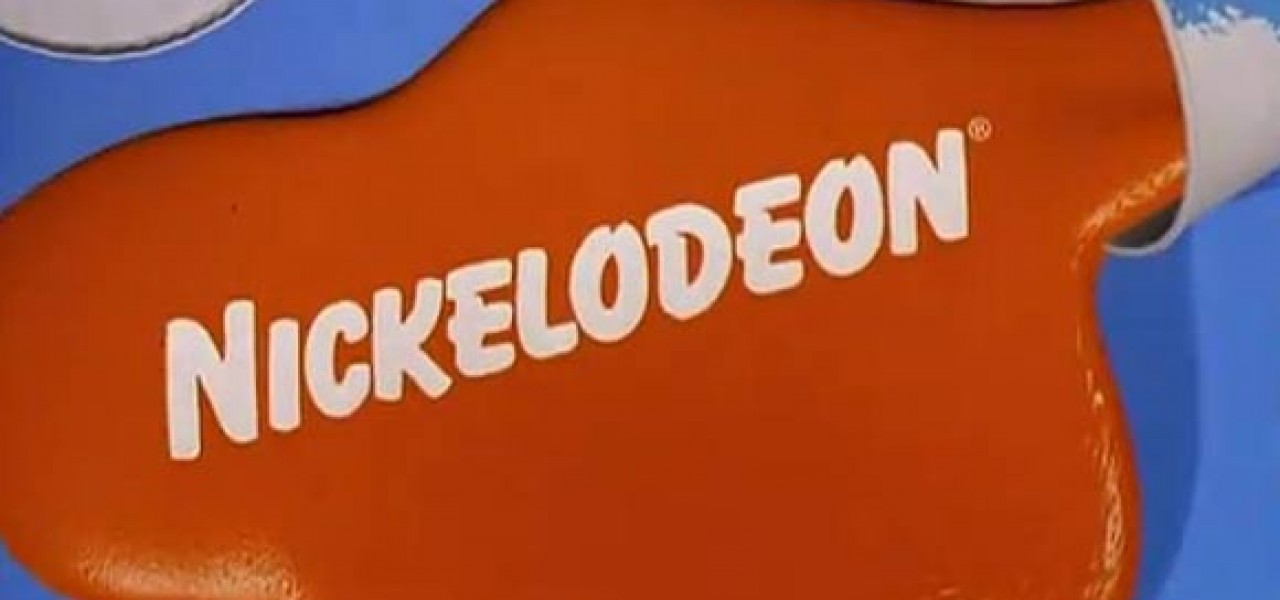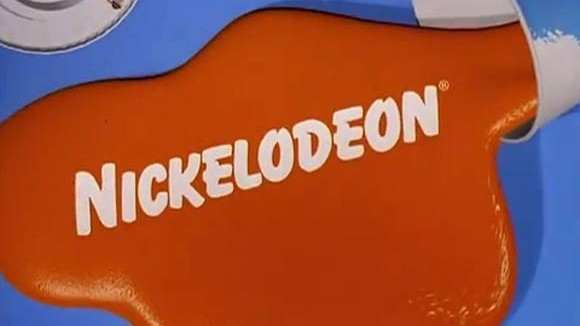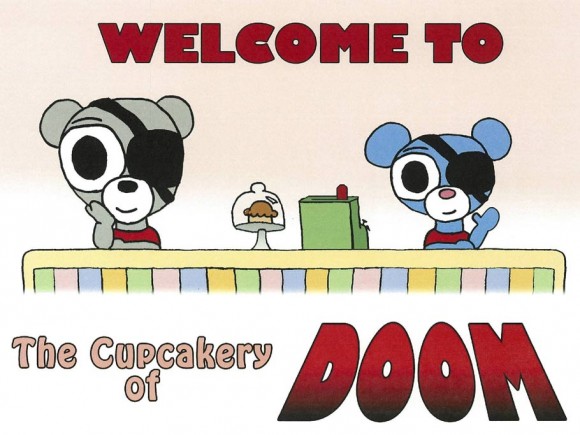

Why Nick’s Pitch Program Doesn’t Work

After taking more than 100 pitches at its first-ever open call for animated projects at last month’s San Diego Comic-Con, Nickelodeon has announced a greenlight for Cupcakery of Doom created by Trevor Reece. Reece is a Eureka, California resident who writes for the The Press Democrat newspaper’s comics blog, and his idea revolves around a bear (Patches) and a mouse (Cheesebert) who want to take over the world.
“We loved Trevor’s clever angle and adorable characters, but overall, Cupcakery just made us laugh,” said Jenna Boyd, Nick’s senior v-p of animation development. “Trevor is a life-long Nick fan who told us he actually sent in a story idea to our very own Stick Stickly when he was a kid back in the ’90s, so we had a hunch he understood our sensibility.”

Over the past three years, Nick has made a concerted effort to present a ‘creator-friendly’-face by making its pitch process as public as possible. This was done, in part, to address their long-running inability to deliver new shows that resonate with the public, like those that are made by competitors Cartoon Network and Disney. In addition to taking pitches at Comic-Con, they launched a new shorts program and have begun a mini-college course on show development which they tested at CalState Fullerton with an eye toward expanding elsewhere.
While these programs might be effective in creating the illusion of being creator-friendly, they shouldn’t be mistaken for a network that actually is creator-friendly. Fundamentals: For a network to be creator-friendly, they have to first be able to identify potential creators.
No studio or network needs to take dozens of random people off the street to find ideas because, quite simply, the magic-bullet idea is a myth. An idea is actually the least important part of a pitch. Any concept or idea can potentially be amazing if the right person is doing it.
Not only does the history of animation bear out this point, Nick itself has numerous hits of its own which it could study, from Rugrats to Ren & Stimpy to SpongeBob. The ideas in each are fairly unremarkable. But in each case, there was a creator (or creators) who had spent years crafting a unique voice while also building a creative team who could help them execute the idea.
When a Nick development exec like Jenna Boyd says she chose someone’s idea because the person watched Nick and “we had a hunch he understood our sensibility,” it reveals a devestating lack of understanding about what qualities should be evaluated in a potential show creator. How has the creator developed their voice through animation? How has this person worked with other artists throughout the course of their career? If these questions have no answers, then you’re wasting everybody’s time.
If the most harmful effect of Nick’s pitch program was to waste a bunch of Viacom’s money producing worthless pilots, we could just chalk it up to executive tomfoolery. But it’s also a morale killer for any artist who works at the studio. Imagine that you are an artist who has spent years developing your skills to be good enough to work in the professional industry, and the company that employs you is aggressively pursuing the ideas of Comic-Con fanboys and untrained college students. How could any Nick artist believe in a studio that outsources idea creation to unqualified individuals and can’t even recognize the talent under its own nose? (And yes, I know that many of the pilots are done by artists working at the studio, but there’s an unsettling shooting-in-the-dark quality when you’re pitting amateurs against pros as if everybody has the same capacity to create a hit TV series.)
I’d wager everything I own that the next SpongeBob exists within an artist who works at Nickelodeon today. The artist may not know it. You can be damn sure no Nick animation exec knows it. That idea won’t be uncovered by taking a hundred pitches or a thousand, but rather through developing in-house talent, which is a gritty years-long process that can’t be achieved with shortcuts.
Public pitching spectacles—and even the whole idea of pitching in general—ignore the fundamental nature of how artists evolve creatively. The vast majority of artists develop a voice while enmeshed in the daily grind of creation and production. The challenge is to identify the handful who have shown an inclination to experiment, have something valuable to say, and possess the strength of character to carry forward on their own. Those artists, given the proper time and resources, can deliver the next SpongeBob.
Or, if you’re Nickelodeon, just keep taking pitches from anyone with a pulse.

.png)